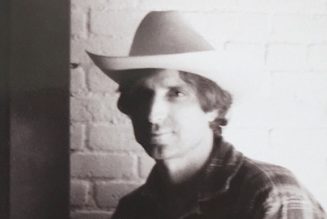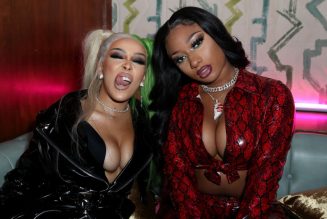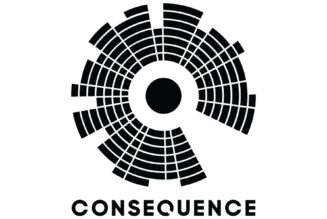
Source: Jemal Countess / Getty
Hip-Hop is, by far, the most influential culture that spans generations while also sparking and reviving trends new to old, and new again. While there remains some debate surrounding the origin of Hip-Hop music and culture, the term itself has many claims on its name and we’ll examine that in full below.
1520 Sedgwick Ave
The most storied example of the origin of Hip-Hop music and culture points to August 11, 1973, where Jamaican-born DJ Kool Herc hosted a party for his sister inside a rec room inside 1520 Sedgwick Avenue in The Bronx, New York City. This story has been told and retold countless times and several proponents of the culture recognize Herc’s contribution as the prominent moment it remains.
The disc jockey born Clive Campbell borrowed from the “selectors” (DJs) from sound system performance in his native land, and incorporated “toasting” or talking over the music as a means of keeping the vibe and energy uplifted. As some might know, toasting gave way to “deejaying,” which simply can be described as rapping within the genre of Dancehall Reggae.
Herc’s other notable mark is being known as the inventor of the “break beat,” a portion of a song where the music drops out and only the drums remained. Herc took notices that the dancers preferred to do their dance moves during this portion of the song thus the practice was born. From there, terms like “break boys” and “break girls” were later shortened to the familiar b-boy and b-girl titles and each year, another layer of innovation was added in order to bring us the myriad of styles and subgenres that exist now.
Nov. 12, 1974: Universal Zulu Nation’s Designation
The Universal Zulu Nation, an organization spearheaded by Afrika Bambaataa, who has since vacated his leadership position due to sexual abuse allegations. However, the organization remains in existence and retains its international presence. Bambaataa has stated in interviews that Nov. 12, 1974, marks the period where Hip-Hop truly began to emerge as both a term and culture.
An excerpt at HipHopElements.com explains more from the UZN’s vantage point:
With consideration to the above mentioned dates, nothing makes more sense than to celebrate Hip Hop culture and it’s history during November, which is exactly what the Universal Zulu Nation has been doing for over 27 + years. November is also significant in the fact that it kicks off the “indoor jam season”. The Hip Hop community jams, enjoyed outdoors in the parks, throughout the Summer, had to move indoors for about 7 months to community centers, gymnasiums, schools etc. for the Fall and Winter seasons. The Hip Hop World should recognize this month and pay tribute to those who laid the foundation and paved the way as well as to those who continue to preserve the rich tradition of the culture.
The Term Hip-Hop
The term Hip-Hop has largely been credited to the late Robert Keith “Cowboy” Wiggins of Grandmaster Flash and the Furious Five fame. Wiggins reportedly teased a friend who just enlisted into the U.S. Army and he began rapping “HipHopHipHop” in a scatting fashion to mimic soldiers marching but it later became the impetus of his musical style. Others lay claim to the term such as the aforementioned Bambaataa and Lovebug Starski among others.
Today, Hip-Hop is intrinsically linked to Black culture and fashion, especially in the United States where it was born nearly 50 years ago. Almost every facet of modern society has borrowed from Hip-Hop much like the producers of the genre have reached back to classic tracks and break beats of the past to rework them for modern ears. The zenith of the art form appears to still far off into the horizon as artists from all over the world continue to find new ways of delivering their creations from lyrics to instrumentation and even in other mediums such as filmmaking.
Hip-Hop Wired compiled a grouping of Hip-Hop Essentials, which will be an evergreen and ever-changing playlist of songs from the genre across the decades and how we should learn to recognize and revere the pioneers of the sound while also look ahead to see what else the culture will inspire in future generations.
—
Photo: Getty











